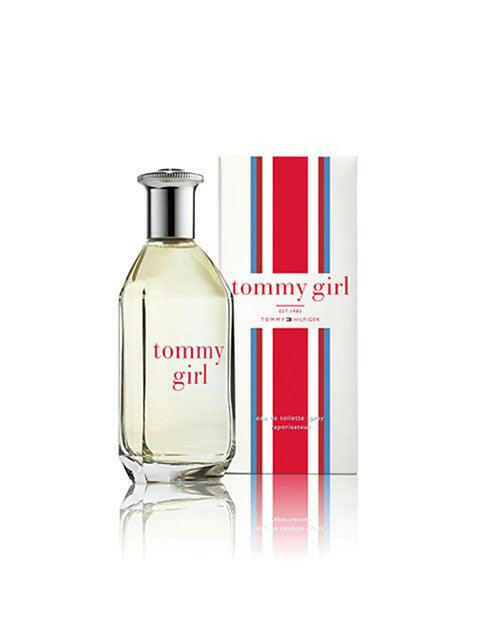
Is Tommy Hilfiger a Luxury Brand or Just Hype?
The red, white, and blue flag logo has sparked countless debates in fashion circles – but does Tommy Hilfiger truly deserve its premium price tag, or are we all just paying for nostalgia?
The Tommy Hilfiger Brand Positioning Dilemma
Here's where things get interesting. Walk into any department store, and you'll find Tommy Hilfiger positioned somewhere between fast fashion and true luxury. It's not quite Zara, but it's certainly not Chanel either. This middle ground has created an identity crisis that both helps and hurts the brand.
Tommy Hilfiger has mastered the art of accessible luxury – or what marketing experts call "aspirational brands." They offer the prestige factor without the heart-stopping price tags of haute couture houses. But does this make them luxury, or simply well-marketed mainstream fashion?
The Heritage Factor
Founded in 1985, Tommy Hilfiger doesn't have the century-old heritage that traditional luxury brands boast. However, what it lacks in age, it makes up for in cultural impact. The brand became synonymous with 90s preppy fashion and has maintained relevance through strategic collaborations and celebrity endorsements.
The question isn't whether Tommy Hilfiger has staying power – it clearly does. The real question is whether longevity automatically equals luxury status.
Quality vs. Price Analysis
Let's talk honestly about what you're getting for your money. Tommy Hilfiger products generally offer solid quality – better than fast fashion but not quite reaching the craftsmanship levels of established luxury houses. The materials are decent, construction is reliable, but you won't find the meticulous attention to detail that justifies true luxury pricing.
This is especially evident in their fragrance line. The Tommy Hilfiger - Tommy Girl EDT Perfume for Women exemplifies this positioning perfectly. This Tommy Hilfiger Perfume offers a pleasant, wearable scent at a mid-range price point, but it doesn't have the complexity or longevity of high-end fragrances.
The Tommy Hilfiger Perfume Reality Check
Speaking of fragrances, the Tommy Hilfiger Perfume collection provides an excellent case study for the brand's positioning. Tommy Girl, launched in 1996, became an instant classic with its fresh, youthful scent profile. This Tommy Hilfiger Perfume captured the spirit of American optimism in a bottle.
However, when compared to luxury fragrance houses like Creed or Tom Ford, the difference becomes apparent. The Tommy Hilfiger Perfume line focuses on mass appeal rather than niche sophistication. They're designed to be crowd-pleasers, not olfactory masterpieces.
The Verdict on Tommy Hilfiger Status
So, is Tommy Hilfiger luxury or hype? The answer is neither and both. Tommy Hilfiger has created its own category – premium mainstream. It's luxury for those who want the status without the extreme price point, and it's aspirational for those climbing the fashion ladder.
The brand succeeds because it understands its market. Tommy Hilfiger doesn't pretend to compete with Louis Vuitton or Hermès. Instead, it offers accessible American style with enough prestige to make customers feel sophisticated.
The Bottom Line
Tommy Hilfiger represents the democratization of luxury – bringing designer aesthetics to the masses. While purists might argue it's not true luxury, millions of customers disagree with their wallets. Sometimes, perception creates reality, and Tommy Hilfiger has successfully positioned itself as a premium brand regardless of traditional luxury definitions.
The real question isn't whether Tommy Hilfiger is luxury – it's whether that even matters when the brand delivers style, quality, and status at an accessible price point.








